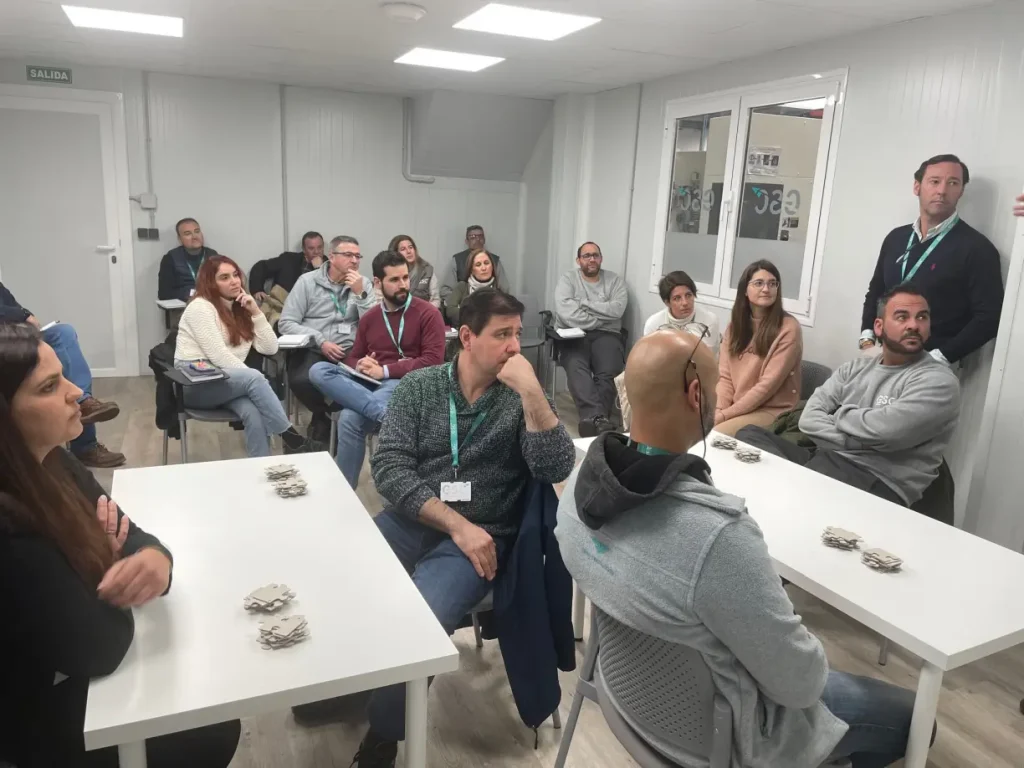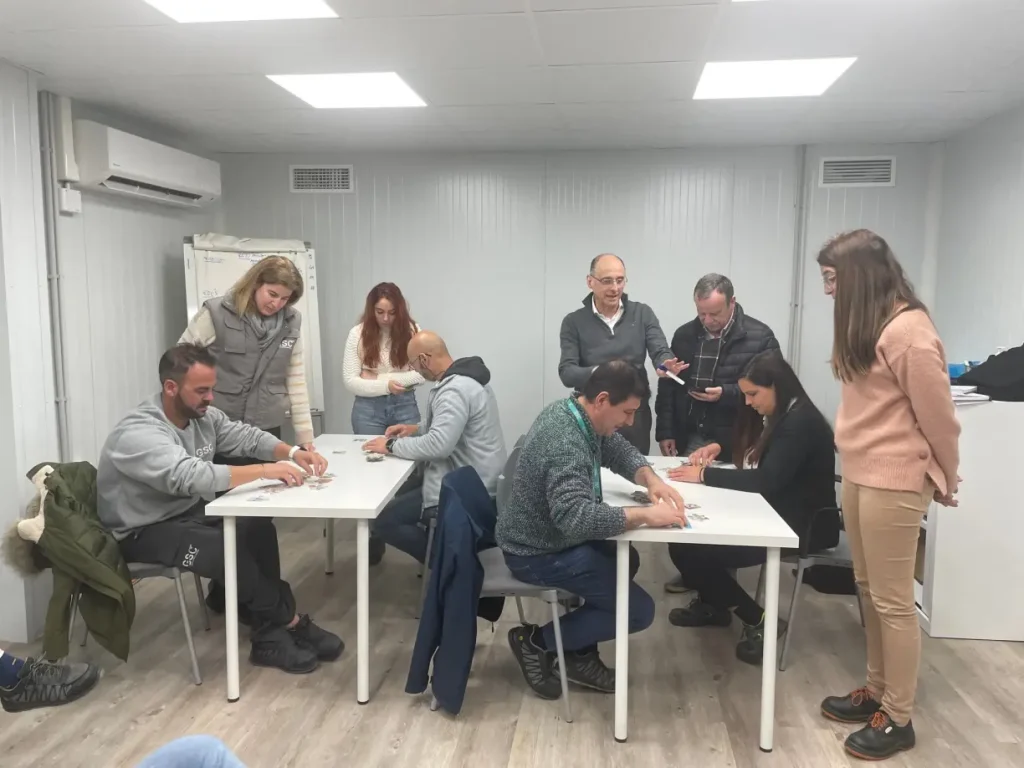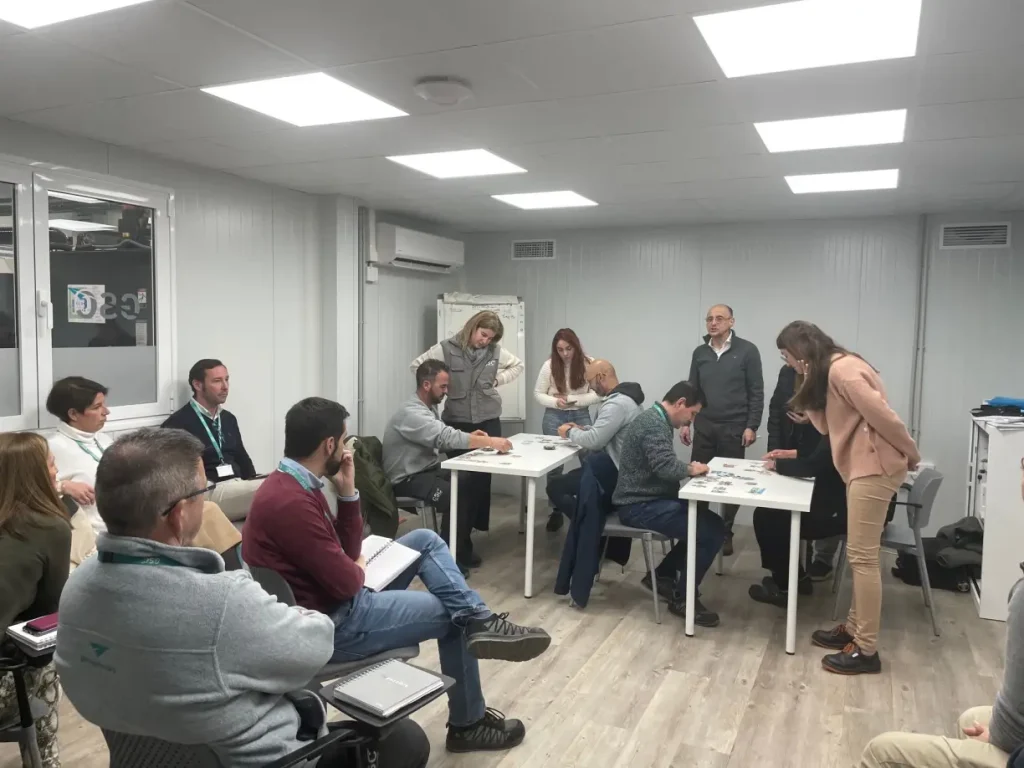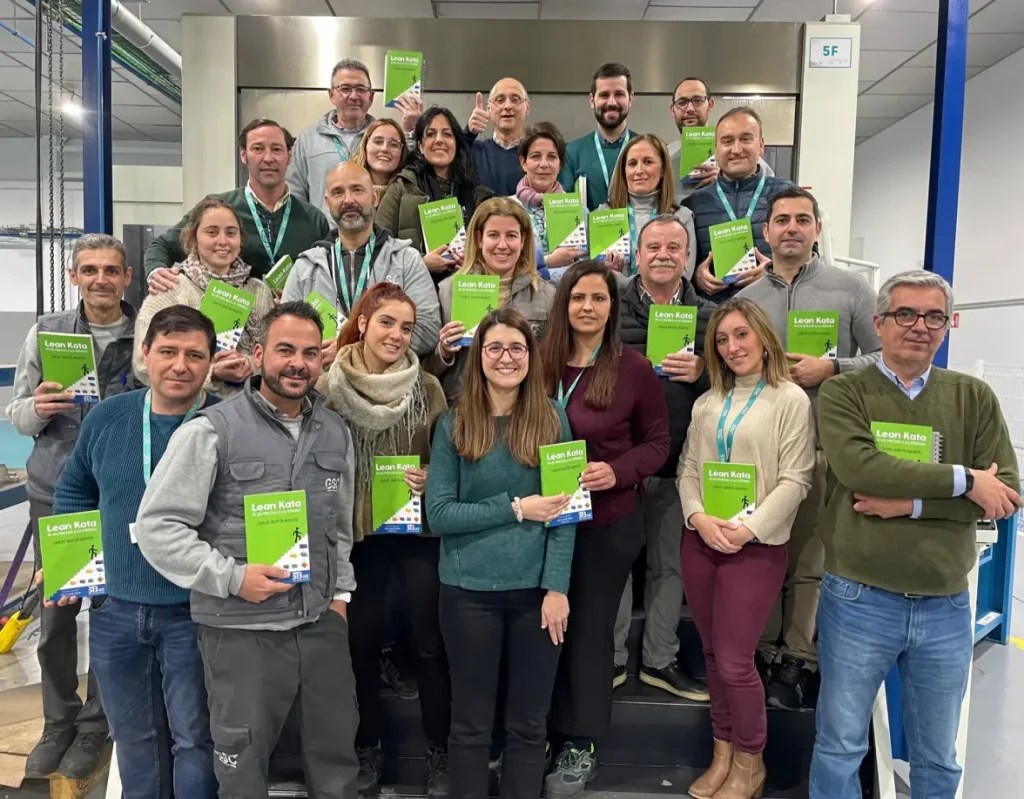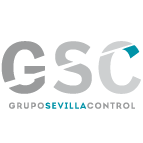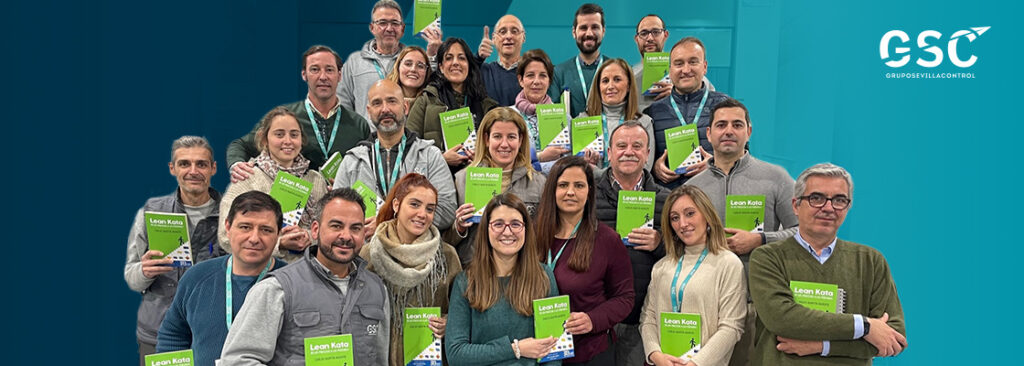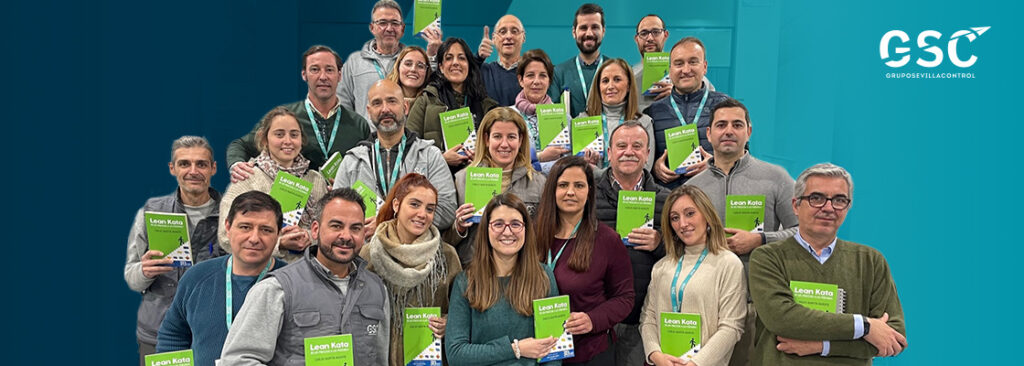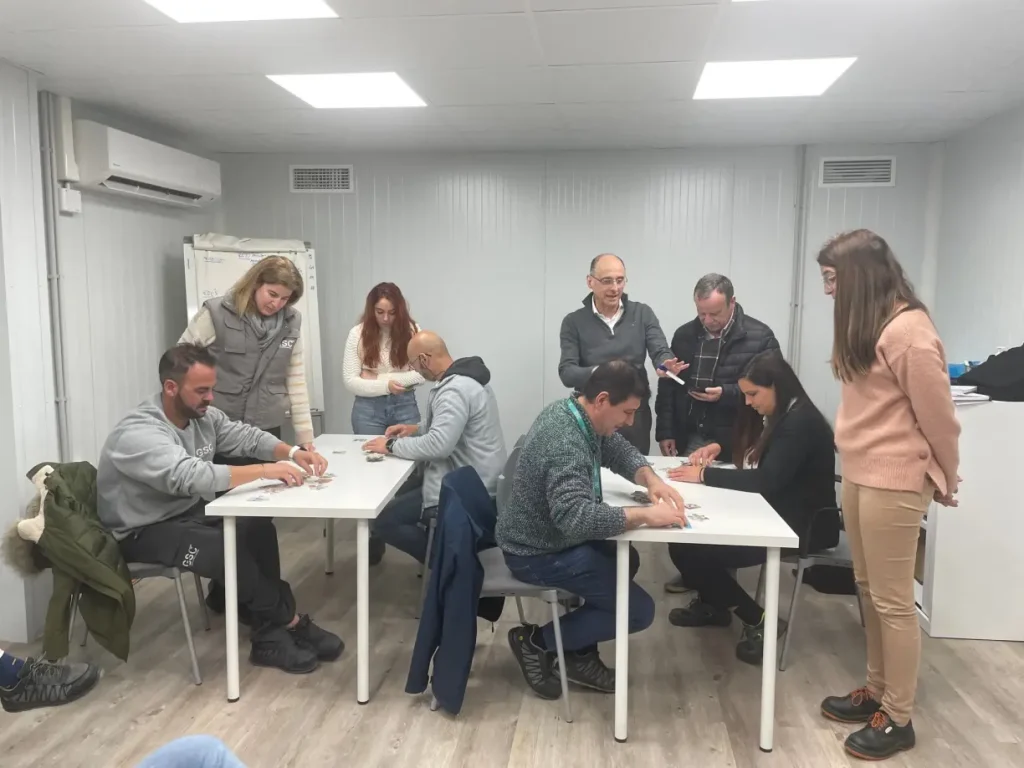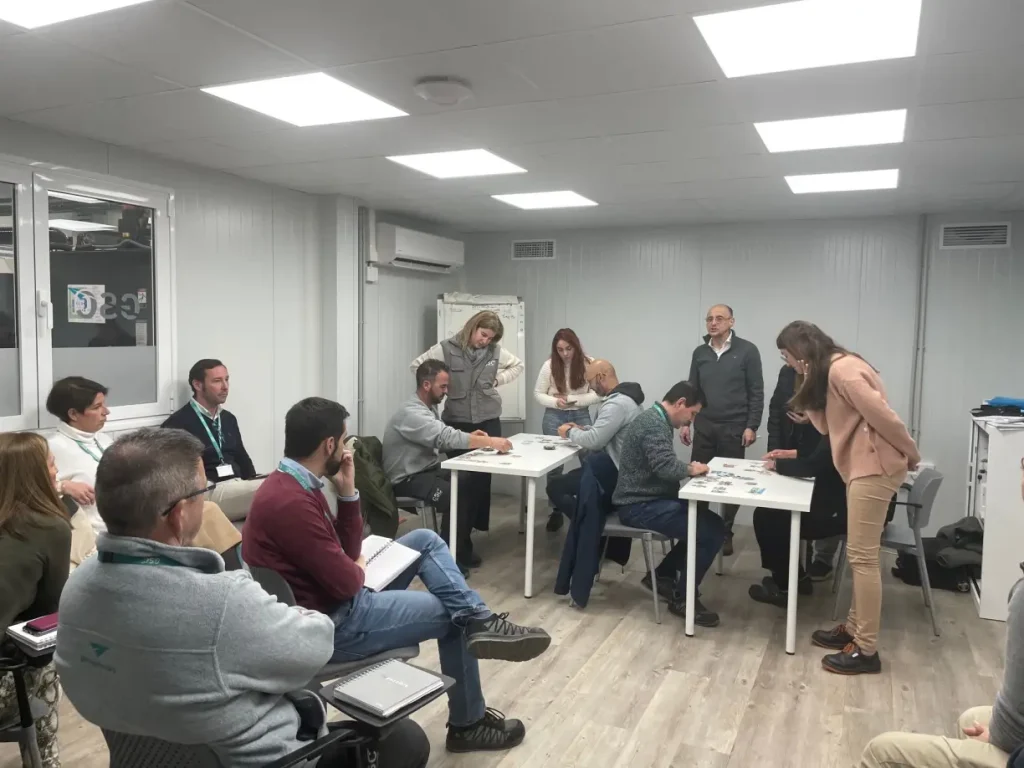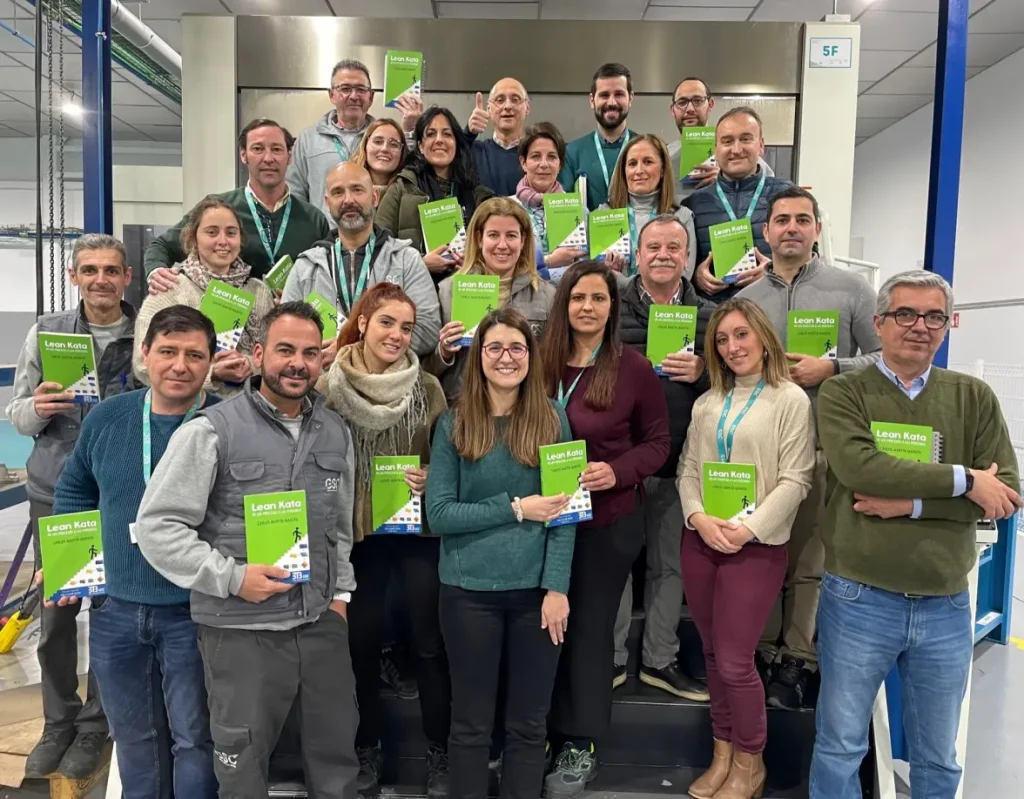Today, all professionals working in the aerospace sector are familiar with LEAN methodology to a greater or lesser extent.
The competitive acceleration that the sector has undergone in the last decade has led many companies to look for ways to reduce their operating costs. This is where many of them decided to go for the LEAN methodology because «they heard that it works», because «the competition was implementing it» or because «our customers pushed us to do it».
Whatever the reason, today any self-respecting company has deployed LEAN tools to detect waste and has led projects aimed at continuous improvement of the company.
In line with this last point, the parallel between the operational maturity of the company and the extent to which it deploys the methodology in different business areas is evident. The results are evident, but… yes, there comes a time when it becomes very difficult to move forward and the improvement does not sustain itself.
That’s when we ask ourselves, why don’t projects work, why do we get stuck with the implementation of tools? It is in those moments when you find yourself lost and you have to go back to the origin, to the starting point… and we ask ourselves, what does Toyota do that we don’t do?
All these questions found an answer in the LEAN KATA methodology thanks to Carlos Martín Maroto, and the fact is that Toyota puts directly into the DNA of all its workers (without exception) the discipline to achieve challenges through the systematic elimination of obstacles.
In short, what Toyota does differently is not to focus on processes and LEAN tools, but on people. It is people who have the potential to bring improvement to fruition, but to do so it is necessary to create the environment and generate the habit, the right discipline. This is what the Japanese call «KATA», very much applied in the world of martial arts.
But what is LEAN KATA? Explained in a very simple way, it is nothing more than understanding human psychology. People feel comfortable tackling small problems (mental contrast), which with the right constancy (KATAS) we will eliminate obstacles that prevent us from achieving the milestones or objective states that will lead us to the challenge to be achieved, which is marked by the strategic line of the company.
It is important that people feel that this challenge is theirs, that they pick up the gauntlet, as this is the only way to guarantee the marketing of objectives as well as their reporting. This is what we call the KATA Wheel.
